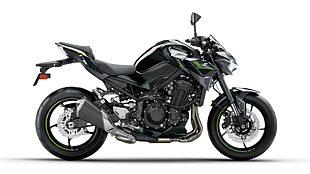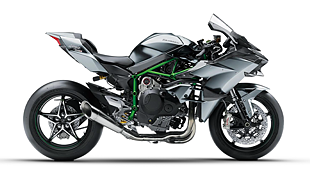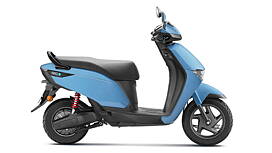India Kawasaki Motors

India Kawasaki Motors, a 100 per cent subsidiary of Kawasaki Heavy Industries Japan, invited BikeWale to visit their assembly plant situated in Bajaj’s Akurdi facility. We were quite excited as BikeWale is the first Indian media publishing company to be given a detailed visit of the factory.
When Kawasaki entered the Indian market along with their Indian partner Bajaj Auto, the motorcycles were assembled at Bajaj’s Chakan facility under the name of Bajaj Auto Limited. India Kawasaki Motors was set up in July 2010 and officially started assembling the bikes soon after it got the manufacturing license in mid-August 2013.

Spread across 40,000 sq ft, the production line is divided into two parts – engine assembly and frame assembly.The engine assembly is done inside an air-tight, pressurised cabin that currently assembles eight engines in a day, in a single shift, including those of the Ninja 300 and the Ninja 650. IKM has the capacity to assemble more engines if the need arises. Once the engines are assembled, it is moved outside to the frame assembly using a transporter that has been specially designed by Kawasaki Heavy Industries. Frame assembly area is where you can see the bike taking shape. Sub assembly is done outside the production area to reduce the overall time. We were told the same assembly strategy was used at Chakan facility while assembling the Ninja 250R and the Ninja 650R.

India Kawasaki Motors uses batch production method. In the current scenario, the company assembles 10-12 units a day but has the capacity to assemble more depending on the market demand. After every 40 units, the production line can be changed to be suited to the Ninja 650 from Ninja 300 and vice versa. Currently, IKM assembles somewhere between 100-150 units a month in a single shift but can take this numbers to 200 units per month. IKM’s annual capacity currently stands at 2,500-3,000 units in a single shift but has the capacity to assemble 5,000 units a year in double shifts.

After the bikes are assembled, final inspection is done by the quality expert and then the bikes are moved to the dynamometer area. Here, each assembled bike is run/tested for one minute to measure moment of force like power and torque. Kawasaki never runs the bike in the dyno for more than one minute. This is to make sure the tested run is kept below 1 km.

India Kawasaki Motors currently has three businesses in the country- assemble bikes through completely-knocked-down (CKD) route and sell, import completely-built-up (CBU) units and export Indian made spare parts to Indonesia. There is ample space for future expansions which the company is planning to do with the assembly of the Z800 if the sales numbers are justified.

India Kawasaki Motors currently sells the Ninja 300 and the Ninja 650 through Bajaj's Pro-Biking dealerships, whereas the rest of the bikes like the Z800, Ninja 1000, Z1000, Ninja ZX-10R and the Ninja ZX-14R are sold through Kawasaki exclusive dealerships in Pune and Delhi. The company plans to bring in more models to achieve its target of achieving 25 per cent market share by 2015.
Gallery
1/16
Double Tap to Zoom











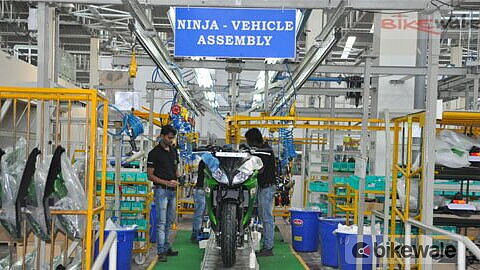












![Kawasaki Ninja 300 [2018-2019] Image Kawasaki Ninja 300 [2018-2019] Image](https://imgd.aeplcdn.com/272x153/bw/models/kawasaki-ninja300.jpg?20190103151915&q=80)
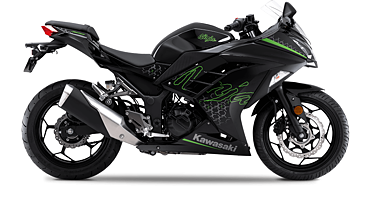
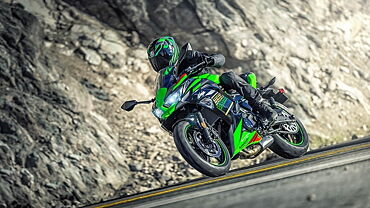
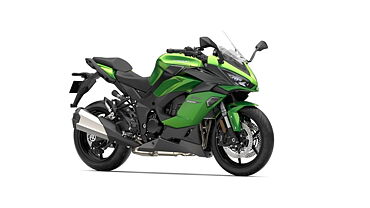
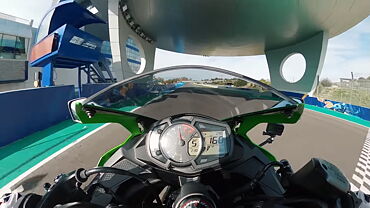
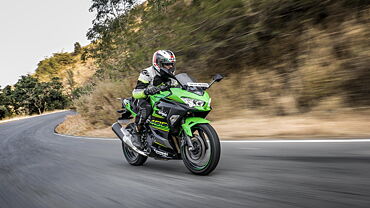

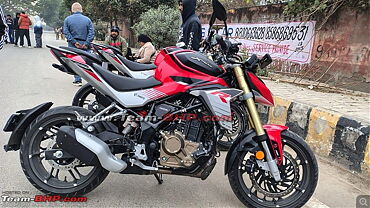
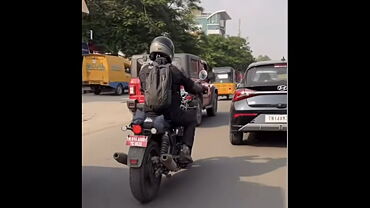
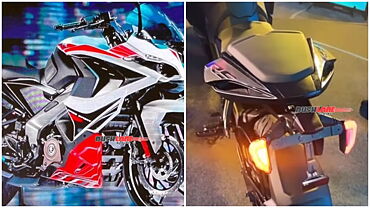
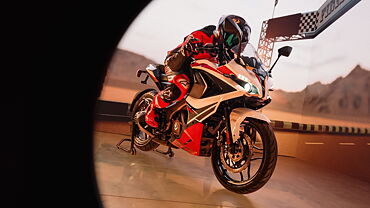

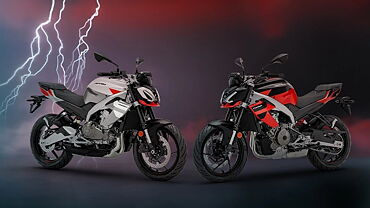
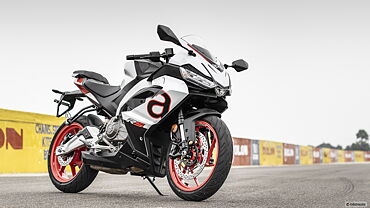


![Kawasaki Ninja 300 [2018-2019] Exterior Kawasaki Ninja 300 [2018-2019] Exterior](https://imgd.aeplcdn.com/199x112/bw/ec/36288/Kawasaki-Ninja-300-Exterior-137346.jpg?wm=2&q=80)
![Kawasaki Ninja 300 [2018-2019] Wheels-Tyres Kawasaki Ninja 300 [2018-2019] Wheels-Tyres](https://imgd.aeplcdn.com/199x112/bw/ec/33570/Kawasaki-Ninja-300-Wheelstyres-122944.jpg?wm=2&q=80)
![Kawasaki Ninja 300 [2018-2019] Wheels-Tyres Kawasaki Ninja 300 [2018-2019] Wheels-Tyres](https://imgd.aeplcdn.com/199x112/bw/ec/33570/Kawasaki-Ninja-300-Wheelstyres-122953.jpg?wm=2&q=80)
![Kawasaki Ninja 300 [2018-2019] Action Kawasaki Ninja 300 [2018-2019] Action](https://imgd.aeplcdn.com/199x112/bw/ec/33570/Kawasaki-Ninja-300-Cornering-122935.jpg?wm=2&q=80)
![Kawasaki Ninja 300 [2018-2019] Action Kawasaki Ninja 300 [2018-2019] Action](https://imgd.aeplcdn.com/468x263/bw/ec/36288/Kawasaki-Ninja-300-Action-137326.jpg?wm=2&q=80)
